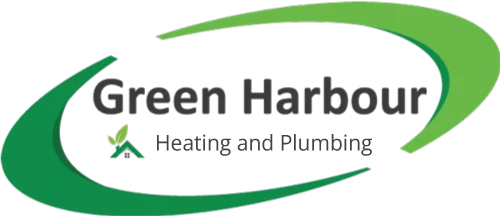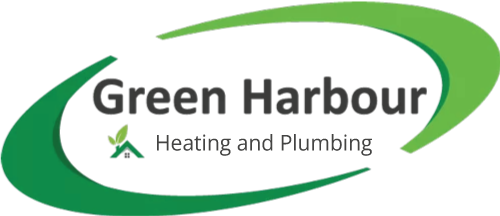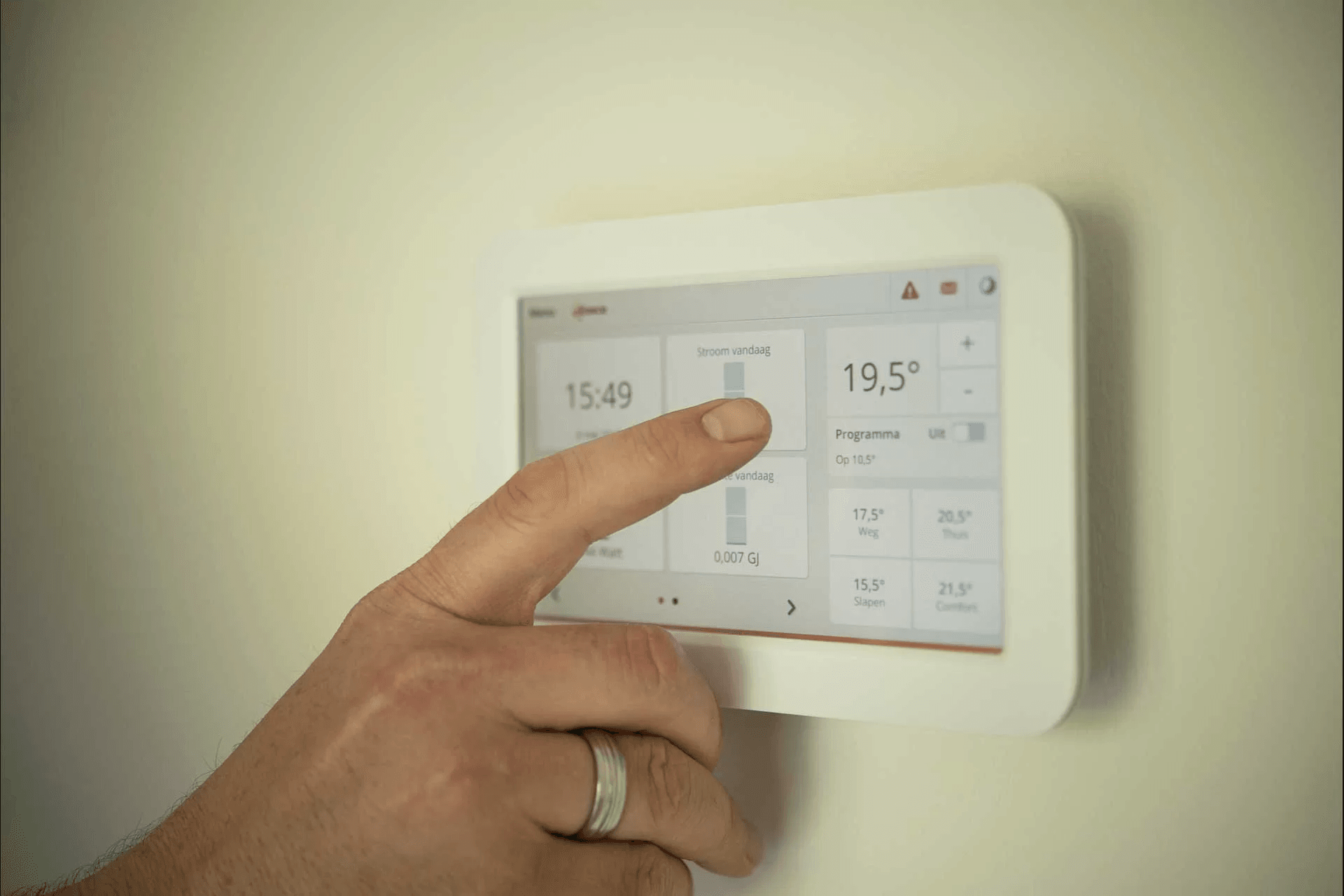The Full Monty – Deep Retrofit
In recentblogs, we have been looking at various measures that can be implemented to protect householders from fluctuating oil and gas prices, including heat pumps, biomass stoves, insulation, solar energy and heat controls. This week, we will pull them all together and look at the merits of a full retrofit programme.
The Government has announced a series of measures to encourage significant energy upgrades to homes around the country. The target is, by 2030, to get 500,000 homes from a BER energy rating of C3 or below to B2 or higher.
The new supports include:
- Up to 50% of the cost of a typical deep retrofit
- A special enhanced grant of up to 80% to all households for attic and cavity wall insulation
- Access to financing for home energy upgrades.
Additionally, those on social welfare payments such as the carers allowance or fuel allowance can get grants of up to 80% for full retrofit upgrades.
Here’s what can be included in a full retrofit upgrade:
- Attic Insulation
- Wall Insulation
- Floor Insuation
- Windows & Doors
- Heat Pump
- Heating Controls
- Solar Energy
- Solar electricity.
Remember, to claim the grant you will have to achieve an energy rating level of at least BER B2. Depending on what your current BER rating is, it may take some or all of the above measures to achieve the grade.
The new scheme increases grants from between 3—35 percent of a typical deep retrofit, up to 45-51 percent. In cash terms that is likely to max out at about €25,000 if all the various grants are availed of to their maximum. The Government estimates that the most a deep retrofit will cost is around €66,000. However, that cost could increase depending on very old or larger homes. Also, bear in mind the increases in building and labour costs since the scheme was announced.
One of the big advantages of going the deep retrofit route is that you can claim for items such as windows and doors which would not be grantable as a stand-alone measure. So, if your windows or doors need replacement, it may be something to bring into the mix.
One of the biggest disadvantages is the upfront cost – a €50,000 upgrade with a grant of €23,500 would leaving you with €26,500 to finance. This ‘big-bang’ approach will not suit all budgets and there is scope for a step-by-step approach. The grants are the same but fewer upgrades are covered.
To date, the new scheme, announced in February has been moving at a slow pace. This is not just down to the upfront costs of retrofit but also a squeeze on labour and building supplies.
As winter approaches, many households in the Midlands will be looking for a quick fix – whether it be a bio-mass pellet stove or LPG gas tank to quickly replace their oil and gas. We recommend householders take a multi-year approach. Perhaps replace fossil fuel this year, insulate the attic and install heat controls.
This will be the most efficient way of preparing your home quickly for the cold winter months. In later years, look at heat pumps, full insulation, windows,doors and solar. This will alleviate strain on the finances and reduce disruption while works are taking place.
James Kelly is CEO of Green Harbour – info@greenharbour.ie









